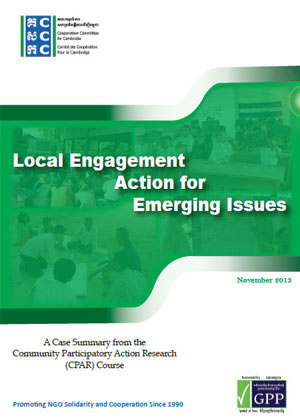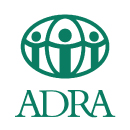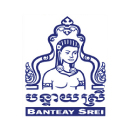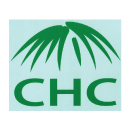Understanding Drug Use as a Social Issue: A View from Three Villages on the Outskirts of Battambang Town, April 2004
Cambodia’s transition to a market economy in the early 1990s opened up trade relations with other Southeast Asian nations and came to have far reaching consequences for the country. While most of this trade is legally sanctioned, there are products transported though Cambodia, and sold within the country itself, which are unquestionably illegal. The trafficking of illicit drugs is one such activity.
Until the mid-1990s drug use was primarily associated with foreigners and wealthy Cambodian youth. However, by the late 1990s drug use was on the rise among young Cambodians from all social strata. This was particularly true of drugs in the category of amphetamine-type stimulants (ATS), the most common known locally as yaba or yama. In the new millennium the flow of amphetamines into Cambodia has reached staggering proportions. The U.S. Department of State reports that: "Cambodia has experienced a significant increase in recent years in the amount of amphetamine-type stimulants (ATS) transiting from the Golden Triangle. The UNODC [United Nations Office on Drugs and Crime] estimates that 100,000 methamphetamine tablets enter Cambodia each day, some 75 percent of which are thought to be exported to Thailand."1 This means that, even after discounting the drugs transported through the country, more than 9 million ATS tablets remain in Cambodia each year from this source alone.
In addition to the ATS trade that originates from the northeastern border of Cambodia, the UNODC reports that: "Methamphetamine is the major drug that continues to be trafficked from Thailand into the western and northwestern provinces of Cambodia.... Districts in Battambang and Banteay Meanchey provinces are believed to be 'hot spots' for such trafficking."2 The UNODC report underscores that while the importation of ATS from Thailand into this region of Cambodia has existed for several years, the quantity appears to have increased due in part to greater local demand, especially in urban areas. The UNODC report further documents an apparent increase in the trafficking of precursor chemicals into Cambodia for the local production of ATS.

































